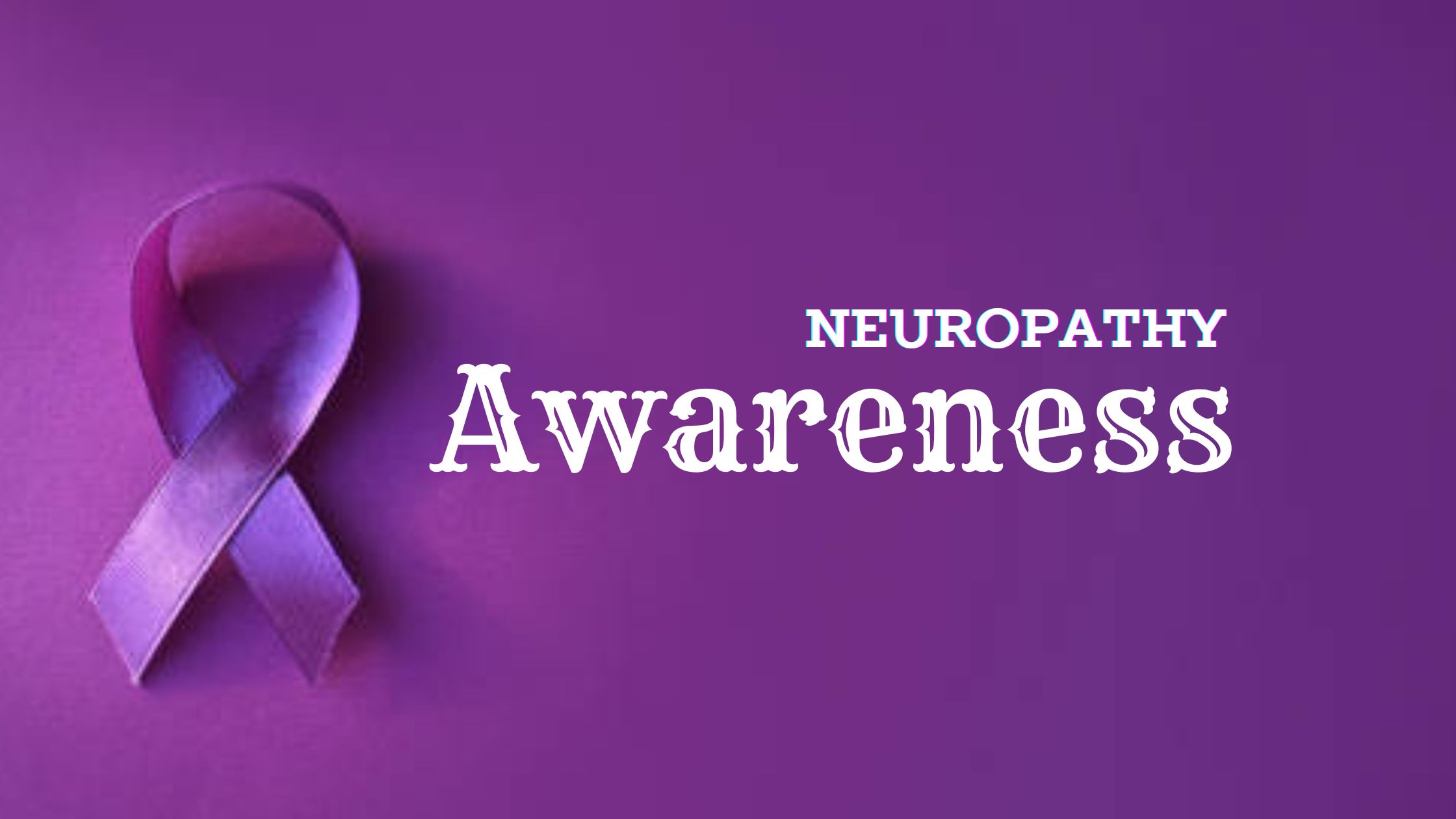
In the intricate tapestry of human health, neuropathy often lurks in the shadows, shrouded in mystery and misunderstanding. This complex condition, which affects the peripheral nervous system, can dramatically impact an individual’s quality of life. However, with increased awareness and understanding, those affected by neuropathy can find hope and manage their symptoms more effectively. This blog aims to illuminate the basics of neuropathy, highlighting the importance of awareness and education.
Understanding Neuropathy
Neuropathy, or peripheral neuropathy, is a condition that arises when nerves outside the brain and spinal cord (peripheral nerves) are damaged. This damage disrupts the communication between the central nervous system and the rest of the body, leading to a range of symptoms. These symptoms can vary widely depending on the nerves affected but often include pain, numbness, tingling, and muscle weakness.
Causes of Neuropathy
The causes of neuropathy are diverse, making it a multifaceted condition. Common causes include:
- Diabetes: One of the most prevalent causes, diabetic neuropathy, occurs due to prolonged high blood sugar levels, which can damage nerves.
- Infections: Certain infections, such as Lyme disease, shingles, and HIV, can cause nerve damage.
- Autoimmune Disorders: Conditions like lupus and rheumatoid arthritis can lead to neuropathy.
- Inherited Disorders: Genetic mutations can cause inherited forms of neuropathy.
- Physical Trauma: Nerve injury can result from falls, accidents, or prolonged stress.
- Exposure to Toxins: Heavy metals, chemotherapy drugs, and excessive alcohol consumption can lead to neuropathy.
Symptoms and Diagnosis
The symptoms of neuropathy can be subtle or severe, and they often develop gradually. Common symptoms include:
- Pain: Described as burning, sharp, or shooting pain, often worse at night.
- Numbness and Tingling: A common early symptom that can spread over time.
- Muscle Weakness: Difficulty in movement or loss of coordination.
- Sensitivity to Touch: Even light touch can cause significant pain.
- Autonomic Symptoms: Such as changes in blood pressure, heart rate, or digestive issues.
A comprehensive medical history, physical examination, and several tests are necessary for the diagnosis of neuropathy. These may include blood tests, nerve conduction studies, electromyography (EMG), and sometimes nerve biopsy.
Living with Neuropathy: Shamis Tate’s Story
To truly understand the impact of neuropathy and the importance of awareness, let’s consider the journey of Shamis Tate. Shamis was diagnosed with peripheral neuropathy at a relatively young age, a condition that left her grappling with chronic pain and mobility issues. Despite the challenges, Shamis has become a beacon of hope and resilience.
Through her advocacy and outreach, Shamis emphasizes the importance of early diagnosis and intervention. She shares her experiences to educate others about managing the condition and navigating the healthcare system. Her story underscores the necessity of community support and the profound impact of raising awareness about neuropathy.
Treatment and Management
Although neuropathy cannot be cured, some therapies can help control symptoms and enhance quality of life. These treatments include:
- Medications: Pain relievers, anti-seizure medications, and antidepressants can help manage neuropathic pain.
- Physical Therapy: Exercises and techniques to improve strength, balance, and coordination.
- Lifestyle Modifications: A healthy diet, regular exercise, and avoiding alcohol and smoking can positively impact nerve health.
- Alternative Therapies: Acupuncture, biofeedback, and chiropractic care may provide relief for some individuals.
- Managing Underlying Conditions: Controlling blood sugar levels in diabetes or treating infections and autoimmune conditions.
The Role of Awareness
Raising awareness about neuropathy is crucial for several reasons:
- Early Diagnosis: Increased awareness can lead to earlier diagnosis, which can significantly improve outcomes. Many people live with symptoms for years before seeking help, often because they are unaware that their symptoms could indicate neuropathy.
- Education: Understanding the condition helps individuals make informed decisions about their health and treatment options.
- Support: Awareness fosters a sense of community and support, reducing the isolation many neuropathy sufferers feel.
- Research and Funding: Greater awareness can drive research and funding toward better treatments and ultimately, a cure.
Moving Forward with Hope
The journey with neuropathy can be daunting, but it is not insurmountable. With increased awareness, better understanding, and improved treatment options, individuals with neuropathy can lead fulfilling lives. Shamis Tate‘s story serves as a powerful reminder that despite the challenges, there is hope and resilience in the face of neuropathy.
As we shed light on this misunderstood condition, let us commit to spreading knowledge, supporting those affected, and advocating for continued research. Together, we can transform neuropathy awareness into action, making a tangible difference in the lives of millions around the world.